The Badlees 1999 albums
Buy Amazing Grace Buy Up There Down Here In the mid 1990s, The Badlees were a fast rising group, newly signed to major label Polydor and with a national selling album that spawned […]
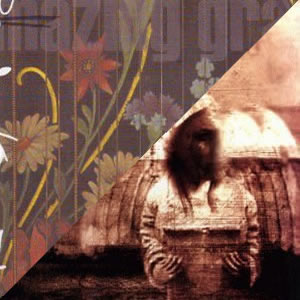
Buy Amazing Grace Buy Up There Down Here In the mid 1990s, The Badlees were a fast rising group, newly signed to major label Polydor and with a national selling album that spawned […]
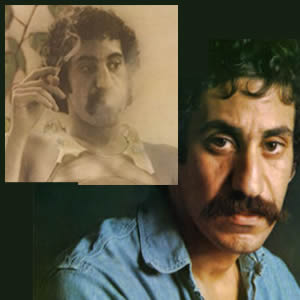
Buy Life and Times Buy I Got a Name In 1973 Jim Croce found the pinnacle of his career success and all the bedlam and time on the road which goes along with […]
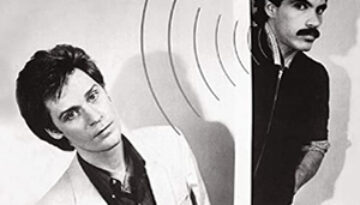
Buy Voices Hall and Oates finally reached commercial pay dirt with their ninth studio album, Voices. Released in the summer of 1980, this record was on the Billboard album charts for over 100 […]
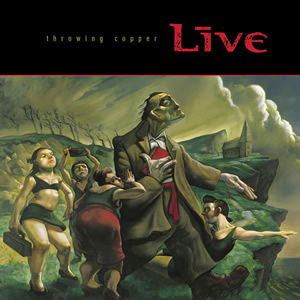
Buy Throwing Copper Throwing Copper is the second and most popular album by the Pennsylvania rock band Live. A signature album for the genre which would later be termed, “post grunge”, the album […]
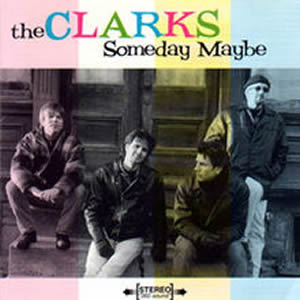
Buy Someday Maybe Although this group has had a long and fruitful career which continues to this day, The Clarks only had one major label release. The 1996 record Someday Maybe is a […]
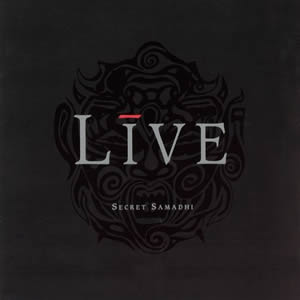
Buy Secret Samadhi The third overall album by the rock quartet Live, the 1997 release Secret Samadhi debuted on the top of the American charts immediately after its release. The album is named […]
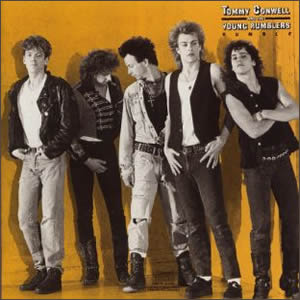
Buy Rumble Tommy Conwell and the Young Rumblers, a popular Philadelphia area “bar band”, caught the attention of Columbia Records when their 1986 independently released album, Walking on the Water, sold very well […]
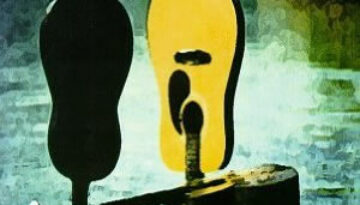
Buy River Songs After honing their sound for half a decade, The Badlees found their first real commercial success with River Songs. Originally released as the quintet’s third independent studio album in early […]
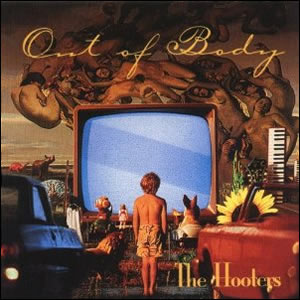
Buy Out of Body Out of Body was the fifth studio album by The Hooters, released in 1993, and would be the last before the band’s decade and a half hiatus from recording. […]
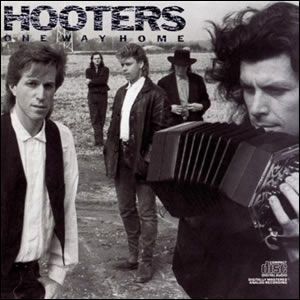
Buy One Way Home After two years of extensive touring in support of their first major label success, Nervous Night, the Philadelphia based group The Hooters returned to the studio to record One […]